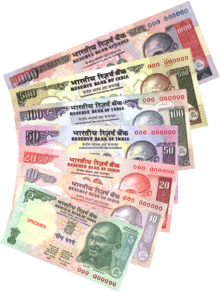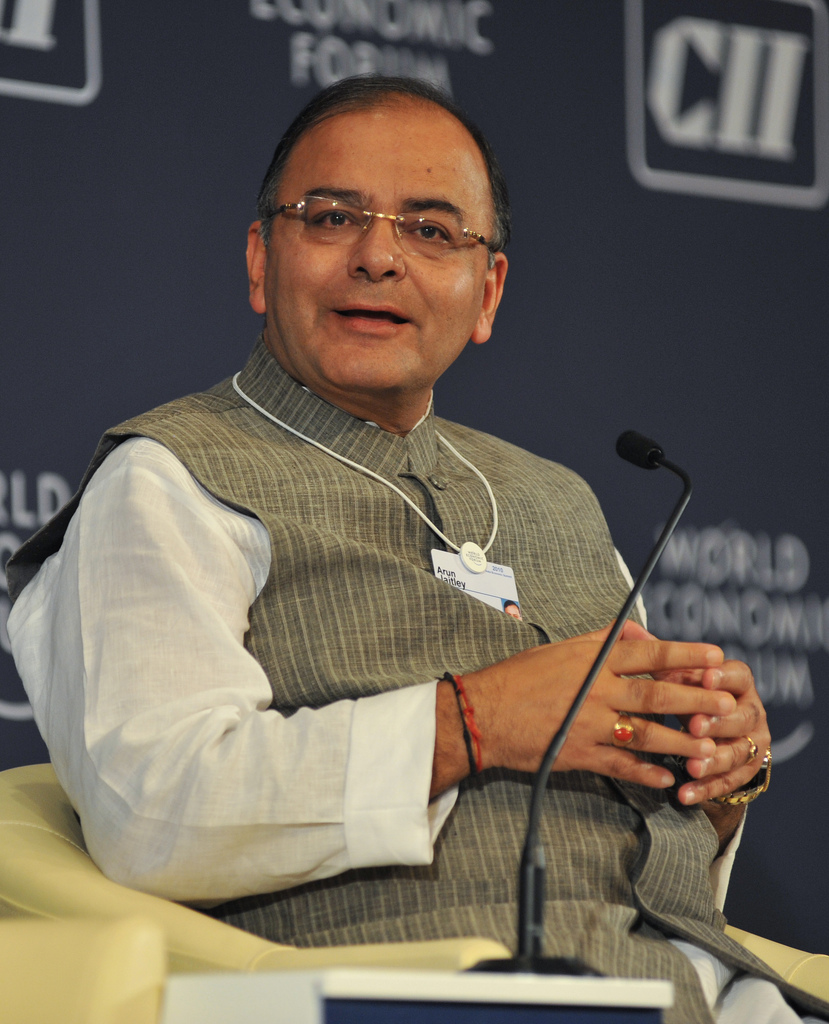Everyone has a plan until they get hit in the mouth – Mike Tyson
In the aftermath of the financial crisis that started in September 2008, the central banks of Western countries started printing money and pumping it into their financial systems. The hope was that by flooding the financial system interest rates could be maintained at low levels.
At low interest rates people would borrow and spend more and economic growth would return. The Federal Reserve of United States led the money printing race. But money printing hasn’t led to people borrowing and spending as was expected, as can be seen from the accompanying chart.
Source: http://www.pimco.com/EN/Insights/Pages/For-Wonks-Only.aspx
The total loans in the United States currently amount to around $58 million. The loans have been growing at 2% per year in the last five years and 3.5% over the last 12 months. As can be seen from the accompanying graph this rate of loan growth is much slower than the growth in pre-financial crisis years, when the loan growth was at around 10% per year. It even touched 20% in 2007, a year before the crisis broke out.
Hence, economic growth in the United States was a clear function of the loan growth in the pre-financial crisis years. Now that the loan growth has slowed down so has economic growth. So what will it take to bring this growth back?
As Bill Gross who formerly worked for PIMCO, one of the largest mutual funds in the world, put it in a September 2014 column “Over the long term, however, economic growth depends on investment and a rejuvenation of capitalistic animal spirits – a condition which currently does not exist…The U.S. and global economy ultimately cannot be safely delivered with artificially low interest rates, unless they lead to higher levels of productive investment.”
The standard theory that has emerged in the aftermath of the financial crisis is that consumer demand has collapsed in the Western world and this has led to a slowdown in economic growth. In order to set this right people need to be encouraged to borrow and spend. The trouble is that it was “excessive” borrowing and spending that had led to the crisis in the first place.
Raghuram Rajan and Luigi Zingales suggest this in a new afterword to Saving Capitalism from the Capitalists: “For decades before the financial crisis in 2008, advanced economies were losing their ability to grow by making useful things. But they needed to somehow replace the jobs that had been lost to technology and foreign competition… So in an effort to pump up growth, governments spent more than they could afford and promoted easy credit to get households to do the same. The growth that these countries engineered, with its dependence on borrowing, proved unsustainable.”
Interestingly, from 1900 to 1980, 70–80 percent of the global production of goods happened in the United States and Europe. By 2010, this share had declined to around 50 percent, around the same level that it was at in 1860. Also, faced with increased global competition, Western workers were unable to demand the pay increases that they used to in the past. This led to Western governments following an easy money policy, where they encouraged citizens to borrow and spend, and this ensured that economic growth remained strong.
But in the aftermath of the financial crisis this growth model has broken down with people not borrowing as much as they did in the past. So what is the way out? The way out is to create sustainable growth that is not financed through debt-fuelled consumption all the time. As Rajan and Zingales put it “The way out of the crisis cannot be still more borrowing and spending, especially if the spending does not build lasting assets that will help future generations pay off the debts they will be saddled with. The best short-term policy response is to focus on long-term sustainable growth.”
Nevertheless that is easier said than done. A March 2011 working paper by Michael Spence and Sandile Hlatshwayo provides the reason for the same. As the economists point out “Between 1990 and 2008, jobs have seen a net increase of 27.3 million on a base of 121.9 million in 1990..Almost all of those incremental jobs (26.7 of 27.3 million) were created in the nontradable sector. In the aggregate, tradable sector employment growth was essentially flat.”
So what does this mean? Jordan Ellenberg defines the term nontradable sector in his book How Not To Be Wrong—The Hidden Maths of Everyday Life. Nontradable sector is “the part of the economy including things like government, health care, retail, and food service, which can’t be outsourced and which don’t produce goods to be shipped overseas.”
Hence, basically whatever could be outsourced outside the United States has already been outsourced. This is simply because it is cheaper to produce stuff outside the United States. And this is likely to continue in the years to come. Over the coming decades, a billion more people are expected to join the work force in Asia, Africa and Latin America. This will apply a further downward pressure on costs and prices. Hence, Americans will not really be in a position to demand pay increases as they could have in the past.
What is true about the United States is also true about other developing countries as well. Given this, the Western growth model is well and truly broken. And as of now, the way things stand, it doesn’t look like if it will be fixed any time soon.
The article originally appeared in www.FirstBiz.com on Nov 12, 2014
(Vivek Kaul is the author of the Easy Money trilogy. He tweets @kaul_vivek)








